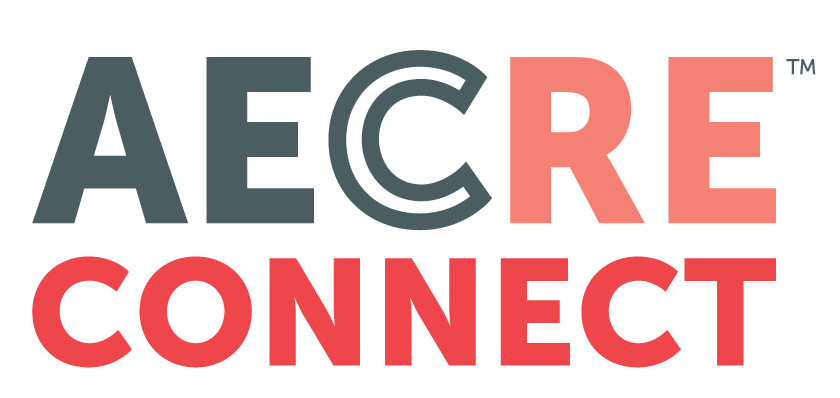Read the original NAIOP blog, here.
All the case law precedent in the world is not going to solve the problem of tenants that cannot pay rent due to revenue losses, such as restaurants or businesses that have been forced to lay off all employees because of the coronavirus pandemic, warned attorney George Pincus of Stearns Weaver Miller, P.A., in Fort Lauderdale, Florida, during a NAIOP Advantage Series: CRE Response to COVID-1 webinar this week.
“It is impossible for lawyers to predict how courts are going to rule on these issues in the future as defaults from COVID-19 situations begin to work through the judicial process,” he said. “State and local governments are starting to suspend evictions in the residential world – it is conceivable that as part of a small-business protection plan, this could extend into commercial evictions as well.”
Pincus said that a lot of the big national retail tenants are sending letters to landlords stating that they are not going to pay rent for the foreseeable future and claiming impossibility of performance and force majeure [unforeseeable circumstances that prevent someone from fulfilling a contract]. He said that if you as a landlord receive such a letter, you must assert your rights immediately.
Pincus urged landlords to take three actions. First, respond and dispute the tenant’s claim for not having to pay rent. Second, state the legal basis for the dispute (impossibility of performance and force majeure do not excuse payment of rent). Third, state with specificity that you, the landlord, are not waiving any of your rights and remedies under the lease or the law.
The upcoming time period may turn into a war of attrition, noted Pincus, with some tenants defaulting on rent and vacating the premises.
“Perhaps the goal of building owners should be to work out the best deal they can with tenants, not waive any rights, and hope for the best when the world stabilizes again,” he said.
This requires the landlord to defer and extend lease amendments. You must state with specificity the amount that you will defer in rent payments. He advised that unless you, the landlord, are forgiving rent, NEVER use the word “abatement” because it has a different legal meaning than the word “deferment” of rent. Be specific as to both base rent and additional rent (taxes, insurance and common area maintenance charges, or CAM). If you are only deferring base rent and the tenant is going to keep paying taxes, insurance and CAM charges, then state that specifically. The arrangement should never be open-ended: State the period of time, such as three months. If need be, extend it further down the road. Put it all down on paper and send a letter. Never respond by email or fax.
Tenant improvement (TI) could become a big issue going forward, according to Pincus.
“Look carefully under what conditions you have to fund TI allowances,” he said. “You do not want to throw good money away on completing a build-out for a tenant who may not take occupancy. Have a forthright and open conversation with your tenant about delaying the process and then, if you can reach an agreement, document it with specificity.”
If you come to any defer-and-extend terms with a tenant, you need to contact your lender.
“Most loan documents have covenants regarding modifying leases, which under certain circumstances may require lender approval,” Pincus said. “Typically, these covenants provide that ‘material’ modifications to a lease require lender approval. Deferring rent and changing the term of the lease are more likely than not going to be construed as ‘material.’”
Part 2 of this blog post features a Q&A with Pincus about tenant rent abatement considerations.
The webinar recording is available here. Visit the NAIOP Response: COVID-19 page for critical resources and knowledge to support you now.
Content and strategies shared on NAIOP webinars and blog posts are intended to provide information and insights to industry practitioners and do not constitute advice or recommendations. NAIOP and its presenters disclaim any liability for actions taken as a result of these webinars and blog posts.




